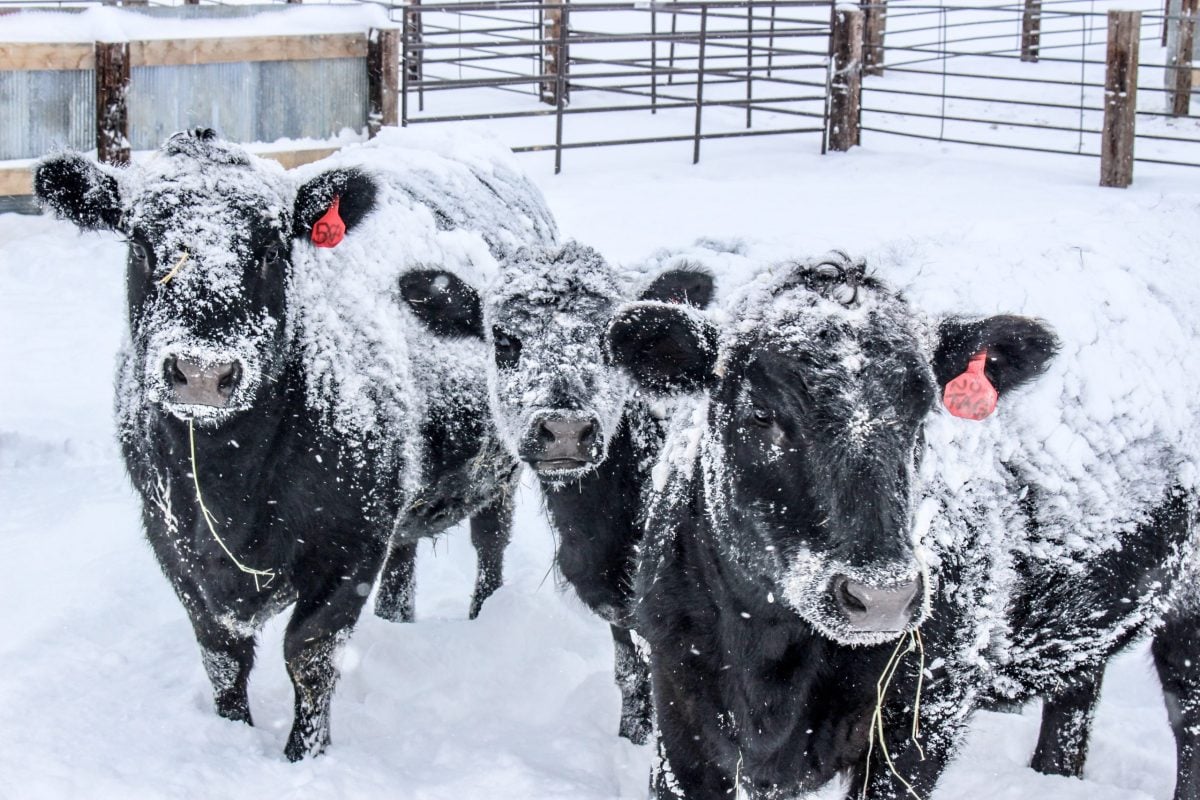MarketsFarm — There is presently little upside to new-crop November canola on ICE Futures, according to analyst Errol Anderson of ProMarket Communications in Calgary.
Anderson pointed to losses in Malaysian palm oil and weakness in China’s soymeal market as weighing on ICE canola values, with more pressure coming out of South America.
“The [soybean] production in Brazil is mind-blowing. Their production is covering up the losses in Argentina,” he said.
The U.S. Department of Agriculture (USDA) on Tuesday bumped up its call on the Brazil soybean harvest by one million tonnes at a record 154 million tonnes, in the department’s latest supply and demand (WASDE) report.
Read Also

U.S. livestock: CME cattle futures rise on expectations of tight supplies
Chicago | Reuters – Chicago Mercantile Exchange cattle futures climbed on Wednesday as market players anticipated tighter cattle supplies in…
Meanwhile, drought-ravaged Argentina saw its production chopped by six million tonnes at only 25 million. At one time, there had been hopes of Argentina reaping 40 million tonnes or more of soybeans.
With all the pressure on canola, Anderson said that November contract is poised to again fall below $700 per tonne. He noted the major support level is at $680/tonne. Meanwhile, resistance for November stood at $740.
“That’s the ‘chop zone’ until we get into the growing season and we see how things are,” he commented, noting there’s little chance of canola prices collapsing. He suggested if there were enough fresh, bullish news the price could climb as high as $775.
Although Statistics Canada will release its prospective plantings report before the end of April, Anderson said it appears the report is likely to have little effect on canola prices.
Rather, he said, it’s best to keep an eye on crush margins, especially with soymeal not doing very well in China.
— Glen Hallick reports for MarketsFarm from Winnipeg.
















